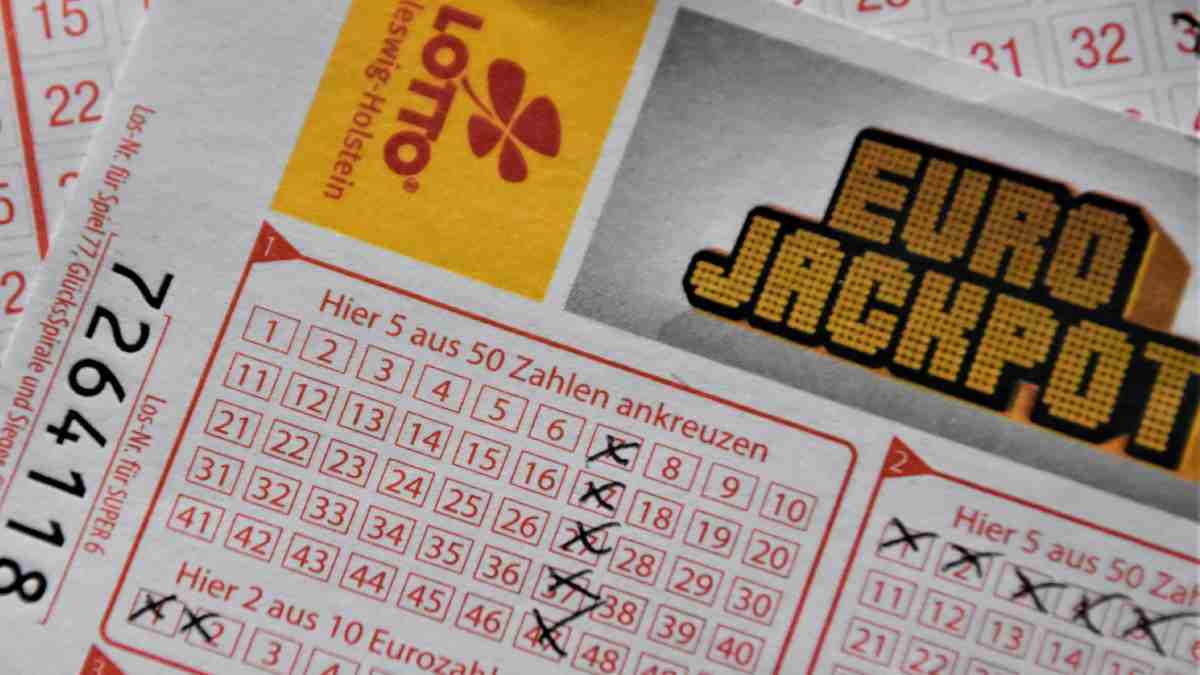Florida: The excitement surrounding a $36 million Mega Millions lottery ticket purchased in Jacksonville, Florida, has faded into disappointment as the ticket remains unclaimed, leading to its voidance.
---Advertisement---View this post on Instagram
---Advertisement---
Deadline Passes: $36 Million Forfeited
The Florida Lottery announced that the deadline to claim the $36 million prize was on Feb. 11, concluding the 180-day claim period. Regrettably, no one came forward to assert the substantial winnings.
Florida – Details of the Winning Ticket
Purchased at a Publix in Jacksonville on Aug. 15, the winning numbers were 18-39-42-57-63, with the Mega Ball number being 7 and a multiplier of 3x. Despite the promising combination, the winner failed to materialize, resulting in the forfeiture of the entire prize.
Fate of the Unclaimed Funds
Michelle Griner, a spokesperson for the Florida Lottery, confirmed that the winner has effectively relinquished the $36 million, rendering the ticket worthless. In response to the unclaimed prize, 80% of the funds will be redirected to a trust fund dedicated to education, with the remaining 20% being earmarked for the prize pool by the organization.
Read More: Ready To Experience Living On Mars! NASA Seeks Applicants; Check Who Can Apply
Florida – Sole Unclaimed Jackpot in 2023
The voided Mega Millions ticket represents the only unclaimed jackpot in 2023, as reported by the organization’s website. This occurrence puts it in the company of other substantial unclaimed prizes, including a $26 million prize in California in 2021 and a forgotten Powerball ticket worth $77 million in Georgia back in 2011.
Options for Mega Millions Winners
Mega Millions winners, when fortunate enough to claim their earnings, have the option to receive their prize as a lump-sum cash payment or as an annual payout. The cash option constitutes a one-time payment equal to the entire cash amount in the Mega Millions jackpot prize pool. Alternatively, winners can opt for 29 annual payments, with each subsequent payment being 5% larger than the previous one, providing a structured financial distribution over nearly three decades.













